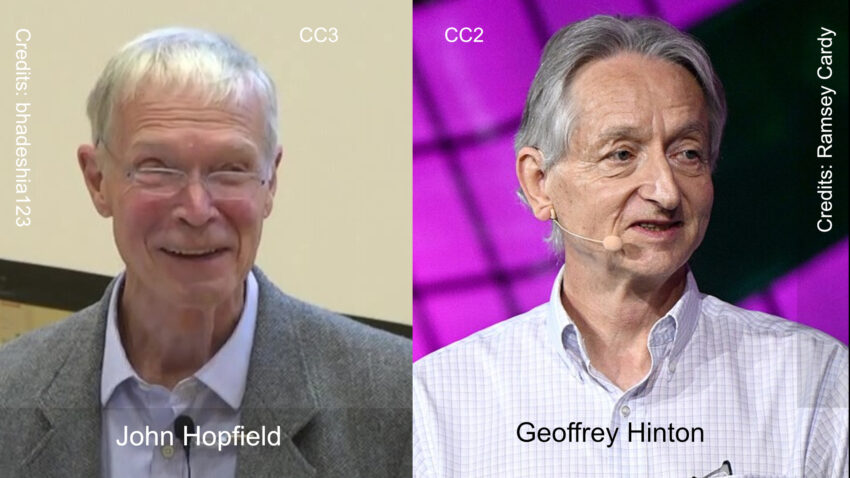In a remarkable recognition of the impact of artificial intelligence, John J. Hopfield and Geoffrey E. Hinton have been awarded the Nobel Prize in Physics. This accolade honors their pioneering work in the development of artificial neural networks, a fundamental technology that has revolutionized the field of AI and is now integral to various real-world applications, such as search engines and chatbots.
- John J. Hopfield and Geoffrey E. Hinton received the Nobel Prize in Physics for their pioneering contributions to artificial neural networks, integral to modern AI technology.
- Their innovations, including the Hopfield network and the Boltzmann machine, have significantly advanced machine learning and reshaped global industries.
- Hinton, who previously won the Turing Award, emphasizes the need for ethical considerations in AI development, particularly regarding its potential risks and benefits.
- The Nobel Committee acknowledged AI’s dual nature, stressing the importance of responsible stewardship in harnessing its transformative power.
The Nobel Committee’s decision to award the prize for contributions to neural networks—a field that bridges physics and computer science—surprised many within both disciplines. The technology at the heart of this award includes the Hopfield network, developed in the early 1980s, and the Boltzmann machine, a technique further advanced by Hinton. These innovations have been instrumental in the evolution of machine learning, a field that has transformed industries globally. Reporting on the award, outlets like the BBC highlighted the unique interdisciplinary nature of this achievement, reflecting on how these breakthroughs have reshaped the AI landscape.
Hopfield and Hinton are no strangers to accolades. In 2019, Hinton was part of the team that received the Turing Award, widely regarded as the computing world’s equivalent of the Nobel Prize. Known for his self-deprecating humor, Hinton often recounts how he “failed at psychology and dropped out of physics,” only to excel in AI—a field once lacking the stringent standards of traditional sciences. Despite his humor, Hinton has been a vocal advocate for discussions on the potential risks AI poses, such as its capacity to surpass human intellectual capabilities and the ethical implications of its rapid development.
AI’s integration into daily life—from facial recognition to advanced data analysis—demonstrates its profound influence. Hinton and Hopfield’s work laid the groundwork for these advancements, cementing their status as visionaries. Yet, as AI continues to evolve, both scientists emphasize the need for ethical considerations to guide its trajectory. As echoed by members of the Nobel Committee, the dual nature of AI—its potential benefits and risks—warrants careful stewardship to ensure it serves humanity positively.
In conclusion, the Nobel Prize in Physics awarded to Hopfield and Hinton underscores their transformative contributions to artificial intelligence. Their work not only revolutionizes technology but also prompts vital discussions on the future of AI. As we navigate this new frontier, the legacy of their pioneering efforts will continue to shape the path forward for AI innovation.

